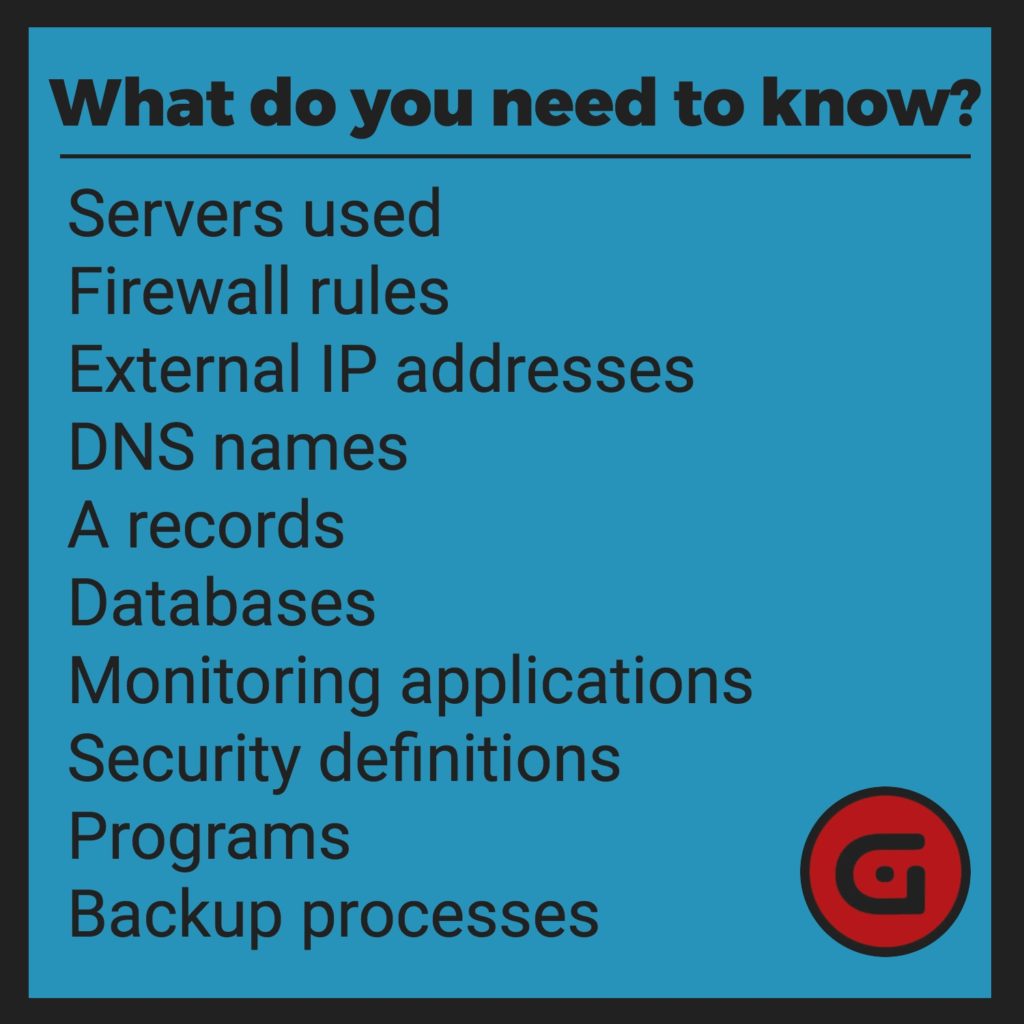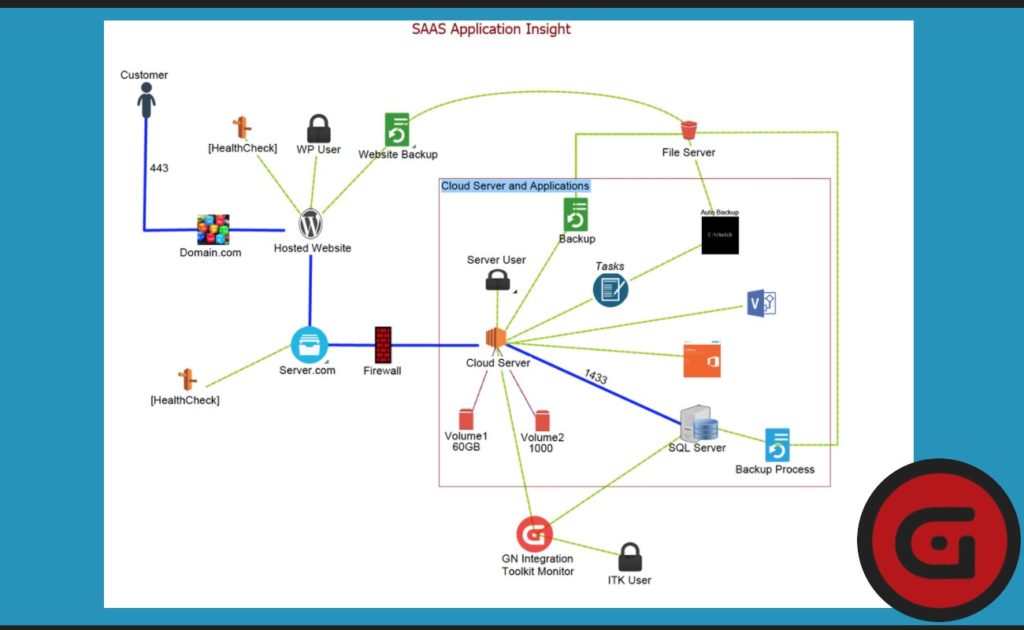
Network documentation is a great thing. With it, you can gain a great deal of insight about your network.
Network documentation gives you crucial insight into your network;
Physical and logical diagrams help you answer key network questions, such as:
- ‘What’s the end point connection for this device?’
- ‘How much space do I have left in my data center, in my wiring closet, in my rack?’
- ‘What’s the latest power read from my PDU on Rack 17?’
The ability to quickly get answers to questions such as the ones above matters for reporting, troubleshooting, and planning – and this is where the discussion around network documentation usually revolves.
Application insights is an area of network documentation that is far less often discussed but which also substantially helps your operations.
Application Insights Keep Business Productivity Running
As businesses today increasingly relying upon applications for everything from email to reporting to employee scheduling, your organization’s productivity very likely depends upon keeping your applications up and running at all times. When an application crashes, productivity comes to a standstill.
Having application insight diagrams within your network documentation helps easily answer questions about your applications while providing you with tools to keep everything running smoothly.
Honestly, these are the diagrams that I rely on the most. How do I do that? I automate.
We use the discovery monitors available within our network documentation software (we use our own product, netTerrain, for documentation). We discover devices using SNMP. To do this, we simply enter the IP address information and the appropriate community credentials and that’s it: we are discovering devices on the network, automatically. This works seamlessly for getting network devices and servers.
For application insights, we use netTerrain’s WMI monitor. Doing so allows us to find all applications running on our servers: with this information we now know which server is running what application.
What about VM’s, Cloud servers, and services?
We do those, too. For virtual machines, I use our VM monitor connector which allows me to see the host and images running that we use on the network. For the Cloud, where we use a lot
of AWS services, we have a monitor so we can read not just server information but other key data such as firewall rules or attached server volumes.
Why are these application diagrams necessary?
If your organization is relying heavily upon applications, you need to understand all the parts that make up each application as well as how they fit together. If, for example, you are running a cloud application (solution) for your customers, the Application Insight Diagram can give you answers to questions that you may need to answer along with a clear and unified view of the entire picture.
Getting this clear picture of your applications can help you identify and resolve issues before they cause disruptions.
So, with the network documentation solution we use (we can’t speak for others so be sure to ask about a solution’s capabilities), we can find out the following for a given application:

- Servers used
- Firewall rules
- External IP addresses
- DNS names
- A records
- Databases
- Monitoring applications
- Security definitions
- Programs
- Backup processes
Can you automate this data? With netTerrain, yes.
You can create these diagrams…and, in many cases, automatically populate some, if not all, of the data that will be used. Being able to automate, create and populate these diagrams speeds up the time it takes to map your IT assets and networks – with a robust import and integration capability.
Our discovery engine, part of our integration toolkit, supports protocols such as SNMP, WMI, SQL, and much more.
If your business relies upon applications for productivity, or plans to, finding a network documentation solution with a robust discovery engine will help you get a great deal more ROI for your investment.
The advantages of being able to document your network, especially being able to do so automatically, have implications beyond just the network. Proper network documentation goes beyond discovering what’s in a rack: it keeps productivity flowing throughout an organization.
